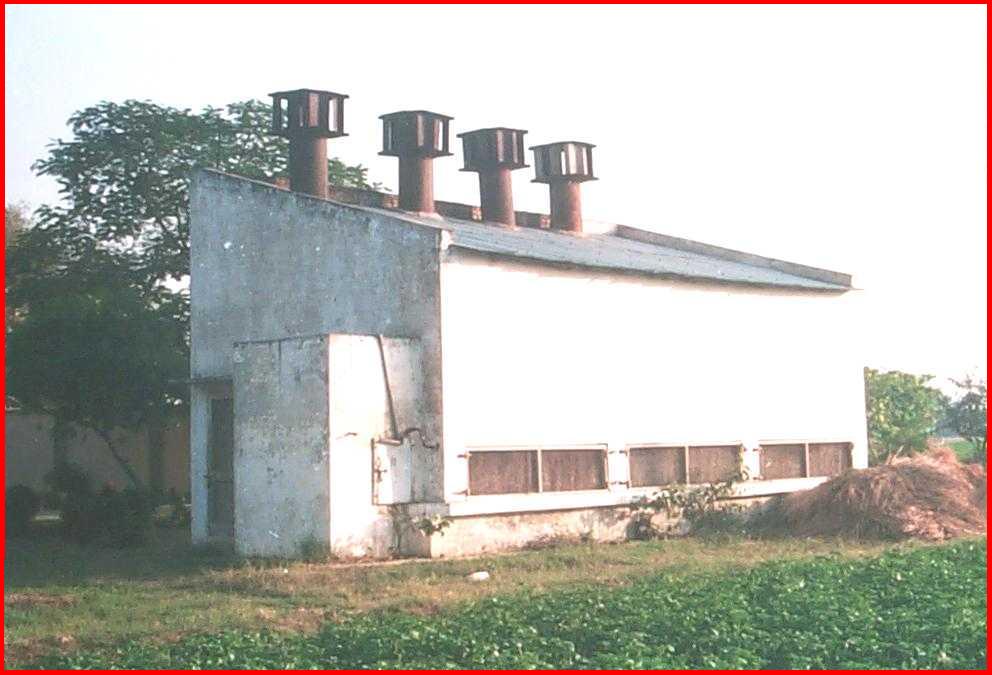
Storage

About 80% of the potato
production in India is in the Indo Gangetic plains. The produce is harvested in January/February and summer sets
in soon after. Therefore, proper
storage is a must to minimize losses since potato is a semi perishable crop. .
It has been estimated that under tropical and sub-tropical conditions, losses
due to poor handling and storage can amount to 40-50%. The losses during storage
can be physiological
as well as pathological
in nature. Proper agronomic practices would minimise physiological losses while
adequate pest and disease management is essential for minimising pathological
losses During storage, various biochemical
changes in the carbohydrate
content, nitrogen
fractions,
enzyme
systems etc take place in the tubers.
These affect the quality of the stored tubers.
Therefore, the method of storage is an important consideration.
Normally for seed purposes it is advisable to store in cold
stores since the seed quality is not impaired when stored in cold stores.
However, for processing
storage under warmer temperatures of 10-120 C is preferable.
In this case sprout
inhibition becomes important. TCNB,
MH,
CIPC
and some natural
substance and even irradiation
have been found effective. Some
times due to lack of space and/or cost, potatoes are also stored in country
stores and many improvised country stores are being adopted in many parts of
the country.